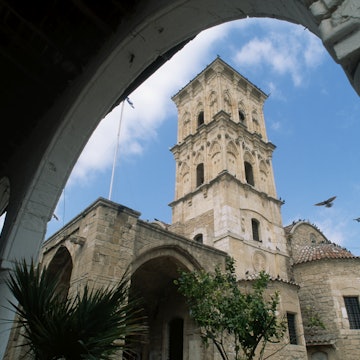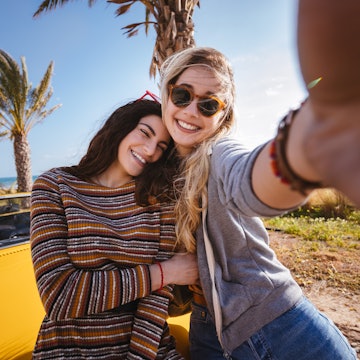
The 9 best museums and churches in Nicosia: from the sublime to the divine

Jan 8, 2022 • 6 min read
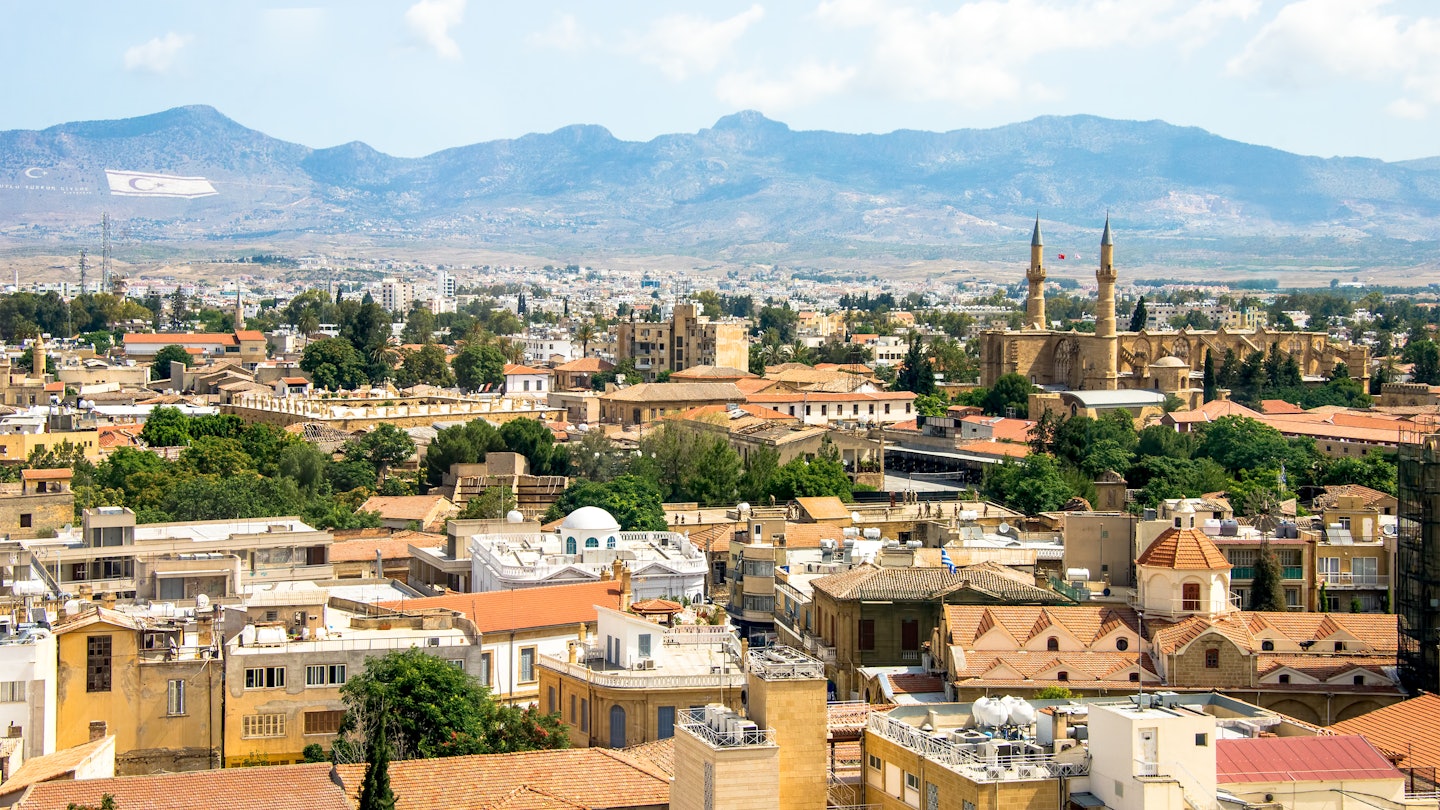
Tour the best museums in Nicosia for art, history, culture and archeology © Klemen Misic / Shutterstock
Nicosia (Lefkosia) isn’t just about wandering through the intriguing old lanes that meander through the Old Town. The Cyprus capital also has nearly a dozen museums well worth your time, even beyond the refuge they provide from the midday summer sun.
Learn about the life of the man who was the island’s most powerful until he lost his head, savor the huge range of Cypriot art and archeology across the millennia and follow the twists, turns and drama of local history. Plus get up close with architectural treasures dating back as far as the 12th century BCE.
See European art at AG Leventis Gallery
Three collections displaying European paintings and sculptures from the 16th to the 20th centuries are the highlights of this museum just outside Nicosia’s Old City. The Paris collection features masters such as Dufy, Signac, Monet and Renoir, while the Greek collection includes significant works by 19th- and 20th-century Greek artists, from Kriezis and Halepas to Tsarouchis and Tetsis. The highlight of the Cyprus collection is a monumental 17m-long painting, The World of Cyprus, by famed Cypriot artist Adamantios Diamantis.
The museum is housed in a striking modern building. There are large spaces for temporary exhibits and regular free tours of the galleries led by a curator.
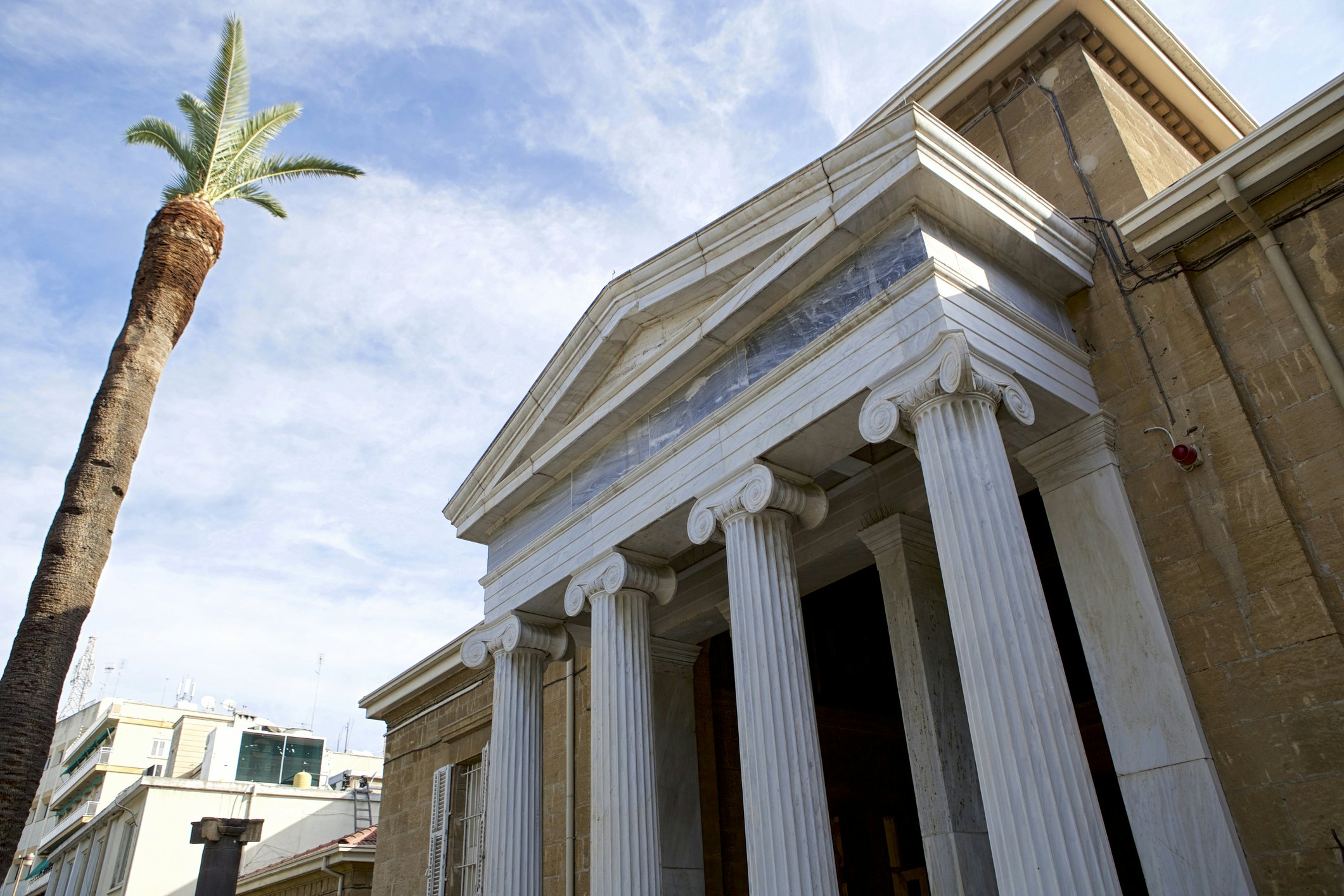
Do an archeological deep-dive at the Cyprus Museum
Just outside the Old City walls, this fabulous museum houses the island’s most important collection of archaeological finds, as well as the largest collection of Cypriot antiquities in the world. Highlights begin in the Neolithic period, way back in 9000 BCE, and continue on to include a 12th-century BCE Horned God statue – considered the forerunner of classical Greek statuary – from the village of Enkomi. Other riches include the Royal Tomb excavations from Salamis, including a huge, intricately decorated bronze pot and a bed frame bedecked in ivory and glass. Hall 4 has a remarkable display of 2000 terracotta votive statues and figurines, dating back to the 7th and 6th centuries BCE.
Other highlights include three limestone lions and two sphinxes, found south of Nicosia in the Tamassos necropolis. Also look out for the famous Aphrodite of Soli statue, widely reproduced as the “goddess of Cyprus” on tourist posters. An enormous bronze statue of Emperor Septimus Severus is the magnificent main exhibit in Hall 6.
To make sense of all this splendor, we highly recommend the free 90-minute tours run by the Cyprus Tourism Organisation every Wednesday at 4pm and Tuesday and Friday at 10am and noon, beginning at the museum entrance.
Get modern at Nicosia Municipal Arts Centre
Known as NiMAC, this contemporary art museum has turned the focus of its distinctive location from kilowatts to creative power. The post-industrial setting in a former power station is impressive, with airy pitched ceilings and original gear that blends well with the well-curated exhibits. The permanent collection includes paintings, photography, video, sculptures and other works from the noted Dimitris Pierides Museum of Contemporary Art in Athens, Greece. Exhibitions change regularly and often focus on topical political and cultural themes.
The in-house restaurant, Old Powerhouse, has outdoor tables in the center’s lovely and shady courtyard. It serves sophisticated Cypriot cuisine and makes a fine stop for a break or lunch.
Explore Cypriot art history at CVAR
The Centre of Visual Arts & Research’s collection showcases the story of Cyprus. Galleries of paintings and other artworks depict Cyprus as seen by visitors through the ages, with works spanning the centuries from the 1400s through the mid-20th century. Exhibits of photographs, books, artifacts and noteworthy documents from the island’s colonial period delve into the era of British rule. A library holds 10,000 books about Cyprus and the eastern Mediterranean.
Take a break from touring – and take in the Old Town views – at the rooftop cafe, Balthazar. It’s a good place to put your feet up with a coffee after prowling the galleries.
Focus on traditional arts and crafts at the Folk Art Museum
The Folk Art Museum contains the Republic’s largest collection of popular art and ethnography. The Gothic building dates to the 15th century and was used as the archbishop’s palace until it was replaced in the 1960s by the modern palace across the plaza. With its serene garden and inviting breezeways, the historic building is worth a visit even before you go inside.
The rooms hold exquisite examples of embroidery and lace, costumes, pottery, metalwork, basketry, folk painting, engraved gourds and woodwork, the latter of which includes intricately carved wooden dowry chests. The gift shop sells well-made local crafts.
Learn about Nicosia’s history at Leventis Municipal Museum
Navigate Nicosia’s rich and dramatic history in this neoclassical mansion, where the galleries surround a courtyard. The permanent collection features intriguing ceramic pieces from the Bronze Age to the medieval era and maps dating back to the 16th century. It also shows photos and memorabilia from the early 20th century, through Cyprus’ independence and then division, and much more since. Well-written information boards contextualize the exhibits.
See ancient treasures at the Museum of George and Nefeli Giabra Pierides Collection
Part of the Bank of Cyprus Cultural Foundation, this beautifully curated collection contains more than 600 ceramic treasures from the Bronze Age through the 16th century. Highlights include ancient and extraordinary Mycenaean pottery dating all the way back to the period between the 16th and 11th centuries BCE.
Elsewhere in the building, the small Museum of the History of Cypriot Coinage is more interesting than you’d expect, thanks to the engaging information panels. And don’t miss a fascinating collection of Cypriot maps, which show the island and its features as depicted from the 16th through the 20th centuries.
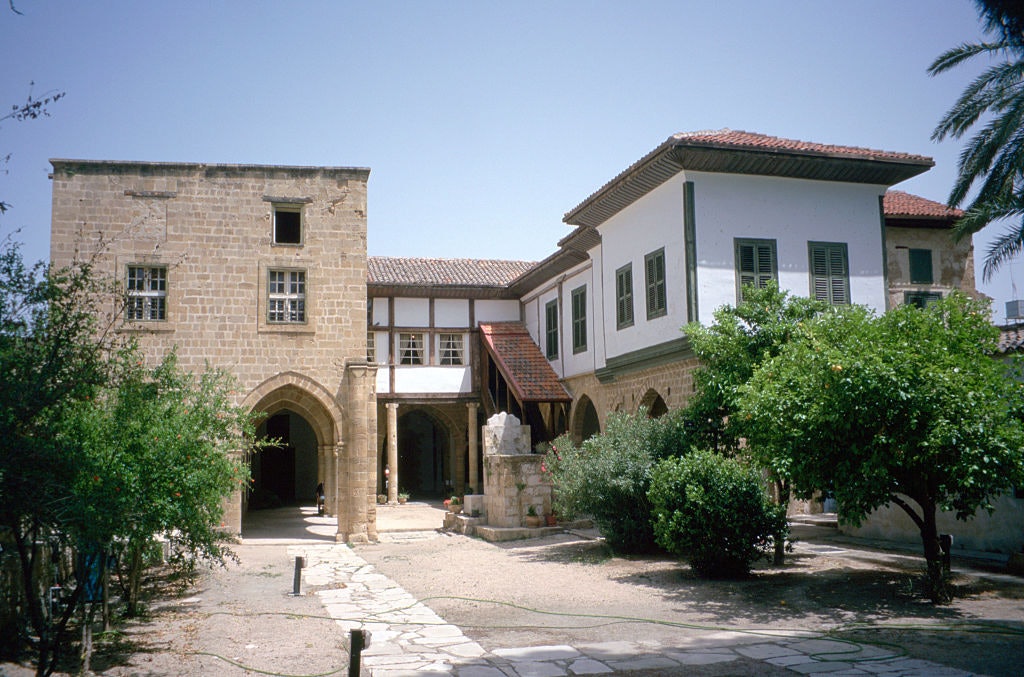
Absorb Ottoman style at the House of Hatzigeorgakis Kornesios
The one-time home of Kornesios, who was known as the Great Dragoman of Cyprus, shows what a mere interpreter (or dragoman) can accomplish with a little moxie: thanks to tax dodges and shrewd investments, Kornesios accumulated enormous wealth and became Cyprus’ most powerful man. (But even power has its limits – jealous rivals had him beheaded in Constantinople in 1809.)
Kornesios owned this impressive mansion from 1779 to 1809, and it’s a fascinating place to get lost in his life and era. Some rooms are set up in typical Ottoman style, while others display antiques and Ottoman memorabilia. The ground-floor courtyard and arched passages are striking.
Peruse Byzantine art at Archbishop Makarios III Foundation – Byzantine Museum & Art Gallery
The more than 300 icons and frescoes dating from the 9th to 19th centuries in this collection will challenge any preconceptions about Byzantine art – there’s a much greater range of expression than the stoic iconic styles you may expect. Highlights include many beautiful artworks from churches now situated in Northern Cyprus that were seized after the 1974 Turkish invasion. It took years of court battles to get them here. Don’t miss the frescoed dome from St Eufemianus and fragments of elaborate 6th-century mosaics from the Panagia Kanakaria, a small monastery in the North Cyprus village of Boltash.
Look for the icons of Christ and the Virgin Mary (12th century) from the Church of the Virgin Mary of Arakas at Lagoudera, and the Resurrection (13th century) from the Church of St John Lambadistis Monastery at Kalopanayiotis. Many icons from the Venetian era show the influence of the Italian Renaissance.
You might also like:
The 15 best things to do in Nicosia: from Venetian walls to Turkish baths
The best things to do in Cyprus: sun, sand and ancient civilizations
The 5 best day trips from Nicosia
Nicosia is on our 2022 Best of Travel list. For more stories from some of the world’s most exciting destinations click here.
Safety recommendations and restrictions during a pandemic can change rapidly. Lonely Planet recommends that travelers always check with local authorities for up-to-date guidance before traveling during Covid-19.






